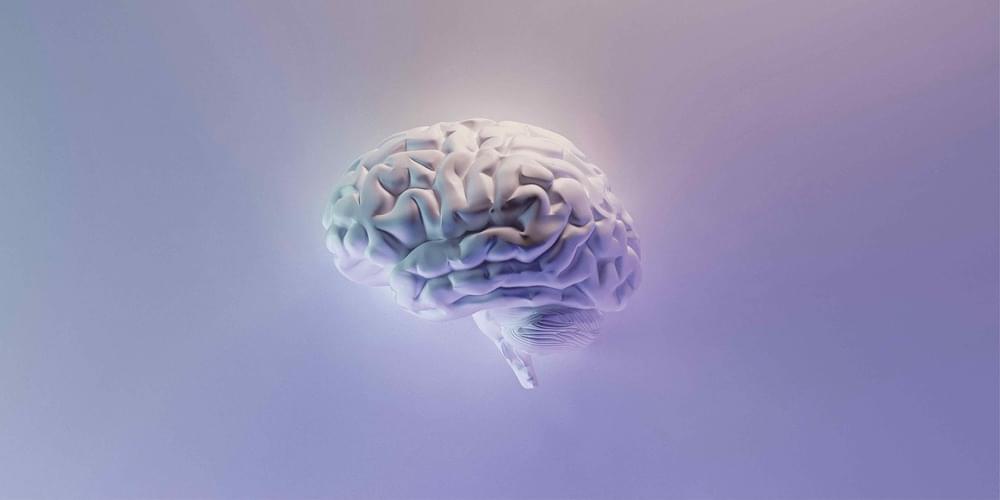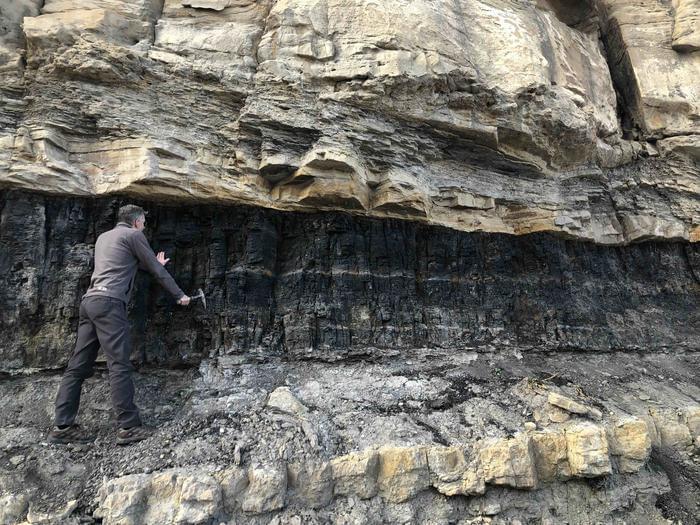May 21, 2024
A Symphony of Bonds: Sonification Unlocks Protein Folding Pathways
Posted by Saúl Morales Rodriguéz in category: futurism
Researchers used sound to reveal hidden patterns in protein folding, emphasizing the role of hydrogen bonds and water molecules in shaping protein structures.
Scientists have transformed their data into sounds to uncover how hydrogen bonds contribute to the lightning-fast gyrations that transform a string of amino acids to fold into a functional protein. Their study, published in the Proceedings of the National Academy of Sciences, offers an unprecedented view of the sequence of hydrogen-bonding events that occur when a protein morphs from an unfolded to a folded state.
Continue reading “A Symphony of Bonds: Sonification Unlocks Protein Folding Pathways” »

















